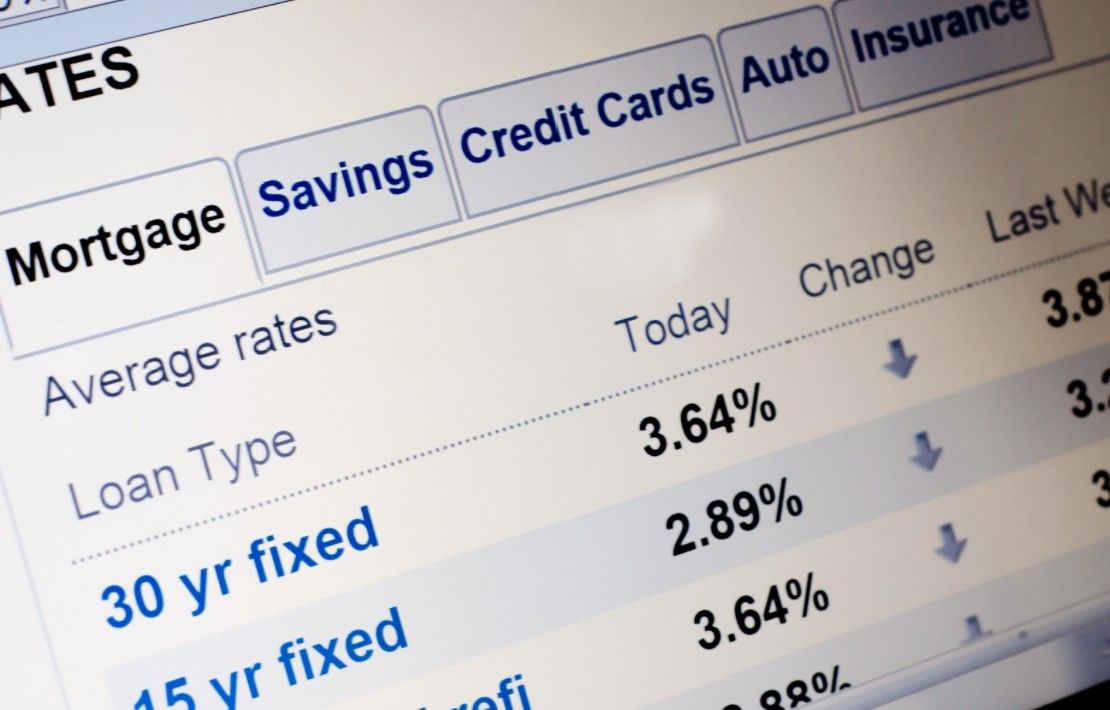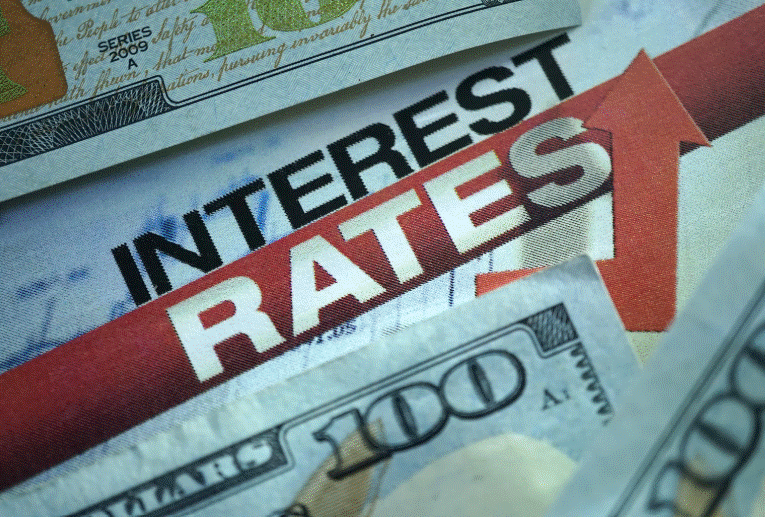Real estate forecasters look at many variables when making predictions for three, six and nine months out. As they begin to express their opinions on 2022 they quite naturally examine supply of available homes and the level of demand for them. Yet more goes into their prognostications than these two elements. The job market and wages play a role as do personal savings and overall investment activity. These figures reveal how many people are in a position to buy homes as home value and sales prices continue to inch upward. Not to be forgotten when estimating financial capacity are mortgage interest rates.
High Rates and Their Consequences
A general rule of thumb is that high rates benefit savers and punish debtors. High interest rates make a home loan -- and virtually any other extension of credit -- more expensive. While low interest rates give confidence to investors and businesses, they also encourage consumers to spend more money and incur more financial obligations. Conversely, high rates discourage more debt in both individuals and businesses. Economies can suffer when rates remain high for lengthy periods of time yet borrowers, or prospective borrowers, often take high rates as a signal for more prudence and restraint.
Interest works this way: for simplicity's sake, borrowing a thousand dollars at three percent interest means that $1,030 must be paid back to the lender. If the loan term is three years, the borrower must pay back $83.33 in principal per month to the lender. Over that amount, the borrower is also obliged to remit about $2.50 with each monthly payment. So, $85.83 -- paid for each of 36 months -- is composed of principal and interest (p&i). This, of course, is not exactly a menacing bill. Yet when a mortgage loan of $300,000 is considered at the same rate, then $309,000 becomes the borrower's obligation.
A 30-year fixed rate home loan would leave monthly principal at $833.33. Added to that would be the three percent interest of $25 per month. The monthly p&i then equals $858.33. A relatively low interest rate, three percent keeps the p&i modest. If that rate were to jump to seven percent, the interest over the life of the loan becomes $21,000, converting the monthly p&i to $891.66. Again, this is not a burdensome sacrifice for the well-to-do but, for those on a tight budget, things just got that much tighter. The higher rate might price them out of a loan approval.
Mortgage Rates in 2022
Why the elementary interest rates tutorial? According to analysts at the U.S. Federal Reserve System, the central bank will commence a steady lifting of rates by the autumn of 2022. Deutsche Bank, by contrast, expects the Fed to take these measures as early as mid-summer. One reason for this course of action is that Treasury yields are quite low when adjusted for inflation -- recently at -1.12 percent. Accordingly, the Fed's immediate goal is to boost yields to zero percent. When yields are higher, demand for low-risk treasury bonds is lower; investors are willing to put their money in more aggressive instruments. This is an informal gauge for mortgage rates.
If, as Reuters reports, this incremental increase -- a quarter point quarterly -- occurs in 2022, mortgages are sure to become more costly to both obtain and to pay off. This could put a damper on what is a high demand for limited housing units available in the current real estate market. As noted, some home seekers are borderline relative to approval standards. If they are sidelined by rates, market conditions could loosen.





